Class 1 Exam > Class 1 Notes > Science Olympiad for Class 1 > Olympiad Notes: Types of Houses
Olympiad Notes: Types of Houses | Science Olympiad for Class 1 PDF Download
On the basis of materials used, houses are classified into different types:-
Kutcha House
Houses made up of wood and bamboo are known as kutcha house.
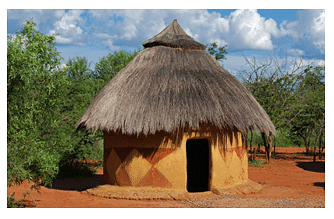 Kutcha House
Kutcha House
For example: Hut
Pucca House
Houses made up of bricks, cement etc are called pucca or pukka house. These are also known as permanent house.
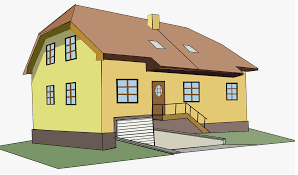 Pucca House
Pucca House
For example: Flats, Bungalows, Apartments. In pucca house, for example in flats and bungalows there are many facilities. There are many rooms for different purposes and activities. Let us study this in detail
- Kitchen: My mother cooks tasty food for me and my sister in the kitchen.
 Kitchen
Kitchen - Drawing Room: We welcome our guests in the drawing room.
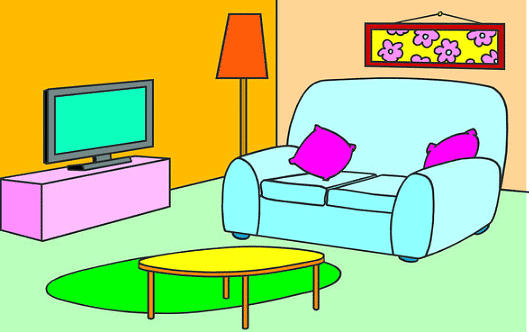 Drawing Room
Drawing Room - Bedroom: We take rest and sleep in the bedroom.
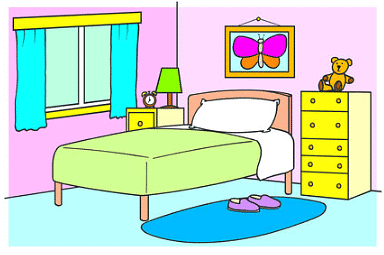 Bedroom
Bedroom - Bathroom: We take bath and wash our clothes in the bathroom.
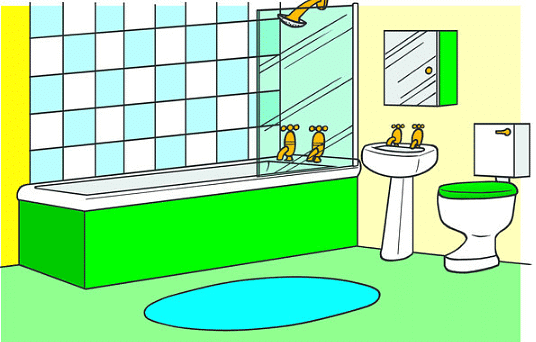 Bathroom
Bathroom
The document Olympiad Notes: Types of Houses | Science Olympiad for Class 1 is a part of the Class 1 Course Science Olympiad for Class 1.
All you need of Class 1 at this link: Class 1
|
37 videos|114 docs|67 tests
|
FAQs on Olympiad Notes: Types of Houses - Science Olympiad for Class 1
| 1. What are the different types of houses commonly found around the world? |  |
Ans. There are several types of houses commonly found around the world, including single-family homes, apartments, townhouses, bungalows, and cottages. Each type has unique characteristics and is suited to different lifestyles and environments. For example, single-family homes are often found in suburban areas and provide more space, while apartments are more common in urban settings and are typically smaller and share walls with neighbors.
| 2. What materials are typically used in house construction? |  |
Ans. Houses can be constructed using a variety of materials, including wood, brick, concrete, and steel. Wooden houses are popular for their aesthetic appeal and insulation properties, while brick offers durability and fire resistance. Concrete is often used for modern homes due to its strength and versatility, and steel is used in construction for its strength and ability to withstand harsh weather conditions.
| 3. How does the design of a house vary based on climate? |  |
Ans. The design of a house often varies based on climate to enhance comfort and energy efficiency. In hot climates, houses may feature large windows, high ceilings, and outdoor spaces to promote ventilation and cooling. In contrast, houses in cold climates often have smaller windows, thicker walls, and insulation to retain heat. Additionally, the orientation of the house is considered to maximize natural light and minimize energy costs.
| 4. What are the advantages of living in an apartment compared to a house? |  |
Ans. Living in an apartment has several advantages, including lower maintenance responsibilities, as many repairs and upkeep tasks are handled by the building management. Apartments also tend to be more affordable than single-family homes, making them a good option for individuals or families on a budget. Furthermore, apartments are often located in urban areas, providing residents with easy access to amenities such as shops, restaurants, and public transportation.
| 5. What are some unique architectural styles of houses around the world? |  |
Ans. Unique architectural styles of houses include the Tudor style, characterized by steeply pitched gable roofs and decorative half-timbering; the Mediterranean style, known for stucco exteriors and red tile roofs; and the Japanese style, which often features sliding doors and tatami mat flooring. Each style reflects the cultural heritage and environmental needs of the region where it is found, showcasing the diversity in house designs globally.
Related Searches





















